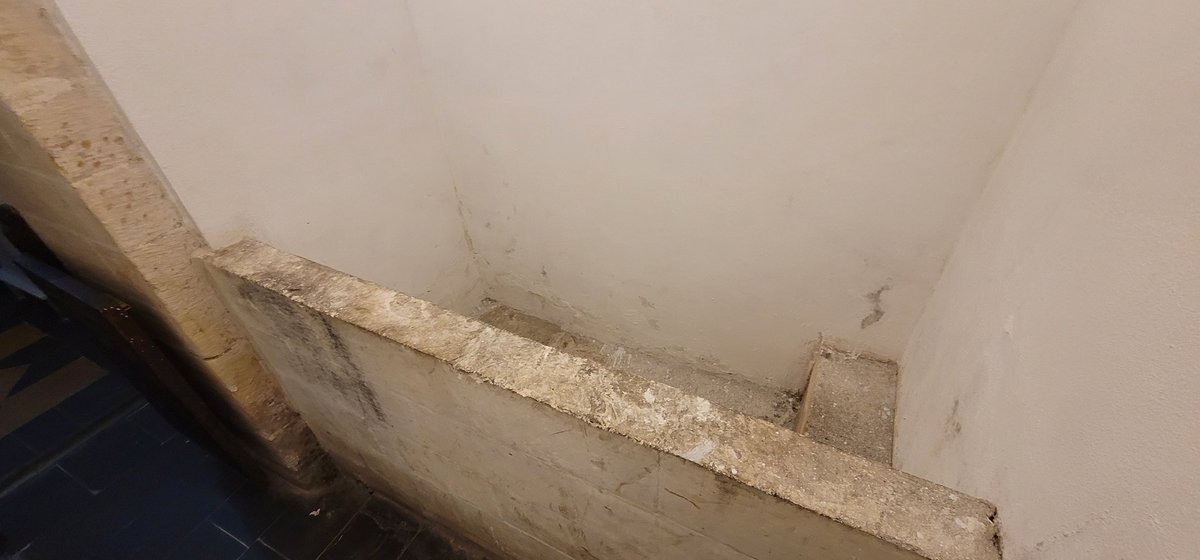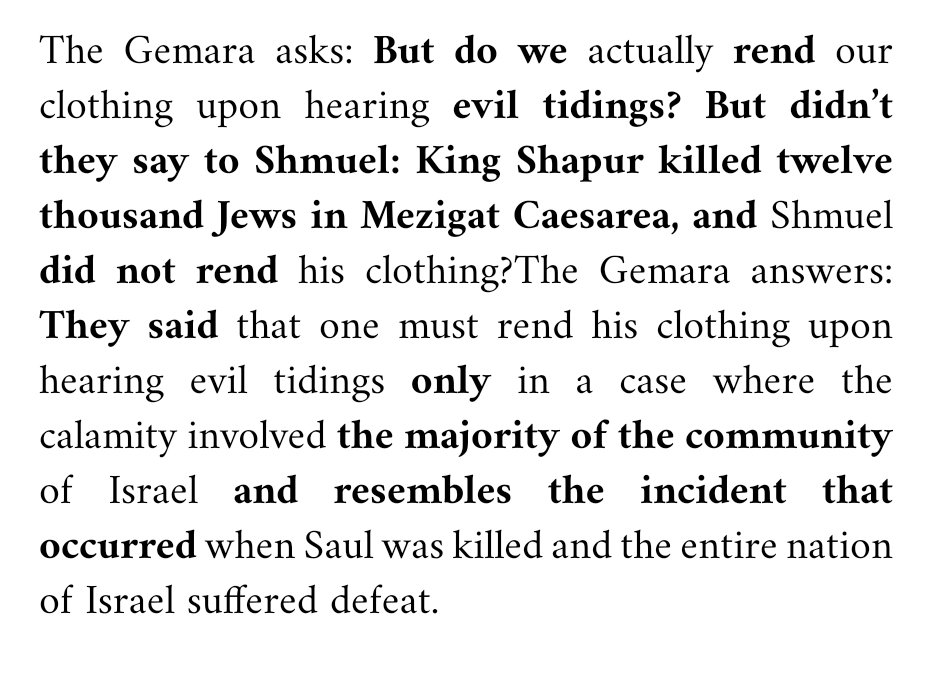An interesting find in a heirloom book...
Thread 👇for #Judaica lovers...
This book, Responsa by Rabbi Yosef Colon, known as Maharik, (Sadiklov 1834) belonged to my Great-great-grandfather, Rabbi Nathan Gurary of Kremenchuk, Ukraine...
Thread 👇for #Judaica lovers...
This book, Responsa by Rabbi Yosef Colon, known as Maharik, (Sadiklov 1834) belonged to my Great-great-grandfather, Rabbi Nathan Gurary of Kremenchuk, Ukraine...

Confiscated in 1920' with his huge library when the communist regime nationalized his tobacco factory - it ended up in a flea market in Odessa, when his son in law, my Great-grandfather Rabbi Eliezer Karassik saw it en route to Istanbul... 

My grandmother, Rivka Chitrik, told me that upon seeing the familiar name stamped on the books - her father dumped all their cloths, filling the suitcases with the books instead... As many as they could... Eventually the books came, via Istanbul, to their home in Tel Aviv... 

Rabbi Eliezer Karassik passed away in 1965, his books were handed out to his 3 daughters.
My father, Rabbi Yossi Chitrik, recieved this book from his mother and gave it to me, to learn and to pass on to the next generation...
My father, Rabbi Yossi Chitrik, recieved this book from his mother and gave it to me, to learn and to pass on to the next generation...

While I was researching on the Halakhic feud between the first Chief Rabbi of the Ottoman Empire, Rabbi Moshe Capsali and Rabbi Yosef Colon - I came across this handwritten unsigned and unfinished responsa, hidden between the pages! 

The responsa is addressed to the Rabbi of Beredavka(?) and is concerning the correct spelling of the city, in Hebrew, so it can properly be written in a Get (Jewish divorce).
The author of the responsa tried bringing proof from Maharik, but apparently - it wasn't sufficient...
The author of the responsa tried bringing proof from Maharik, but apparently - it wasn't sufficient...

I was wondering who was the author of the responsa, as I assumed that Rabbi Nathan Gurary, although a scholar, was a businessman who would not have the time to write such scholarly responsa... 

So I sent a photo to Rabbi Yehushua Mundshine, a great bibliographer and scholar who unfortunately has passed away a few years ago.
He immediately responded, that the hand written responsa was surely written by on of the two Arlozoroff Brothers who were Rabbis in Ukraine...
He immediately responded, that the hand written responsa was surely written by on of the two Arlozoroff Brothers who were Rabbis in Ukraine...

R' Yehushua Mundshine was of course a genius and absolutely correct!
This book belonged, at some point, also to Rabbi Avraham Yechezkel Arlozoroff (d. 1890) Rabbi of Kharkov, Ukraine - who also stamped his name on the front page.

This book belonged, at some point, also to Rabbi Avraham Yechezkel Arlozoroff (d. 1890) Rabbi of Kharkov, Ukraine - who also stamped his name on the front page.


You are related to this thread:
@ezalmanov @EliezerShemtov @avipiki @menoychem @meirashkenazi @EliChitrik @ChaimChitrik and many more. Feel free to share😊
@ezalmanov @EliezerShemtov @avipiki @menoychem @meirashkenazi @EliChitrik @ChaimChitrik and many more. Feel free to share😊
• • •
Missing some Tweet in this thread? You can try to
force a refresh






















